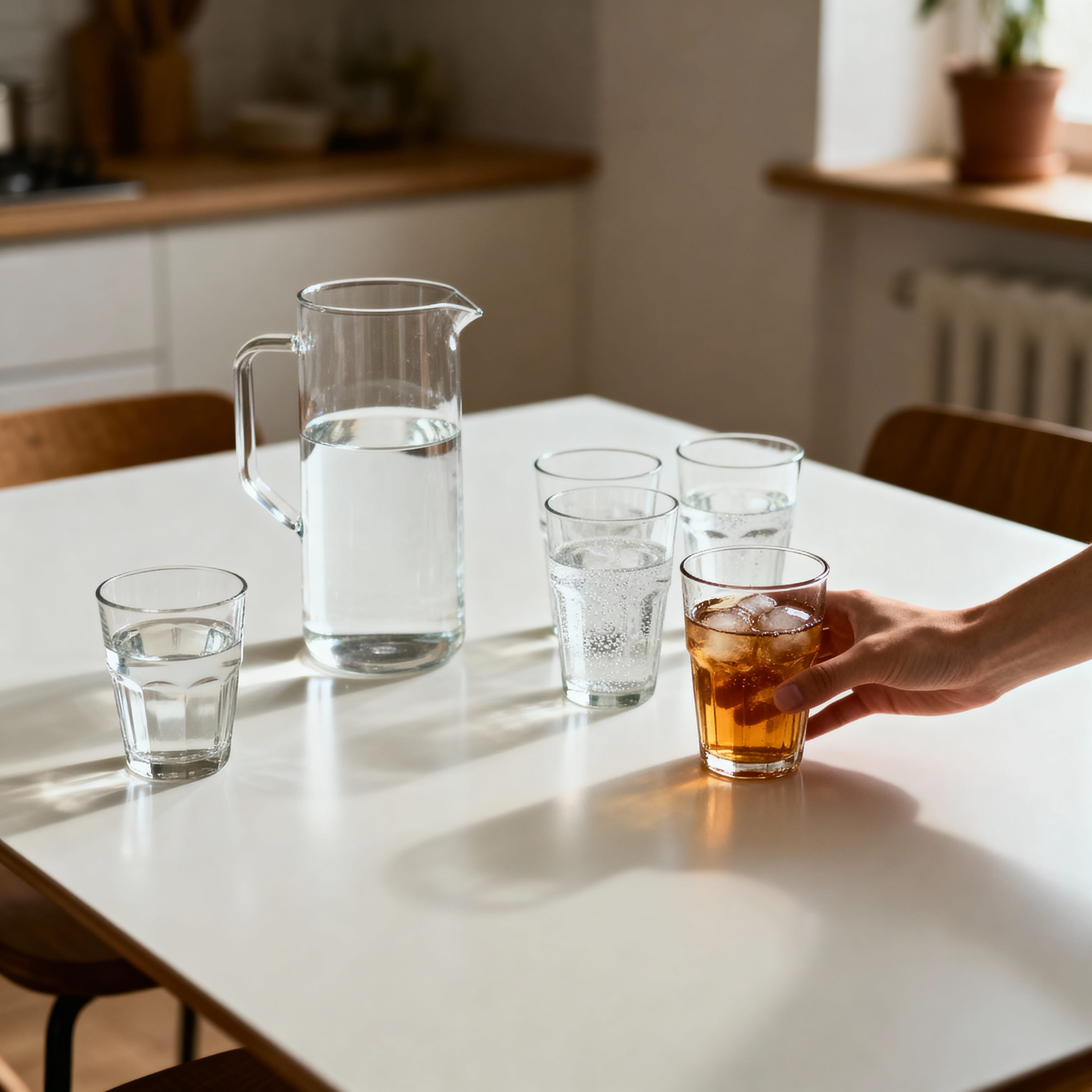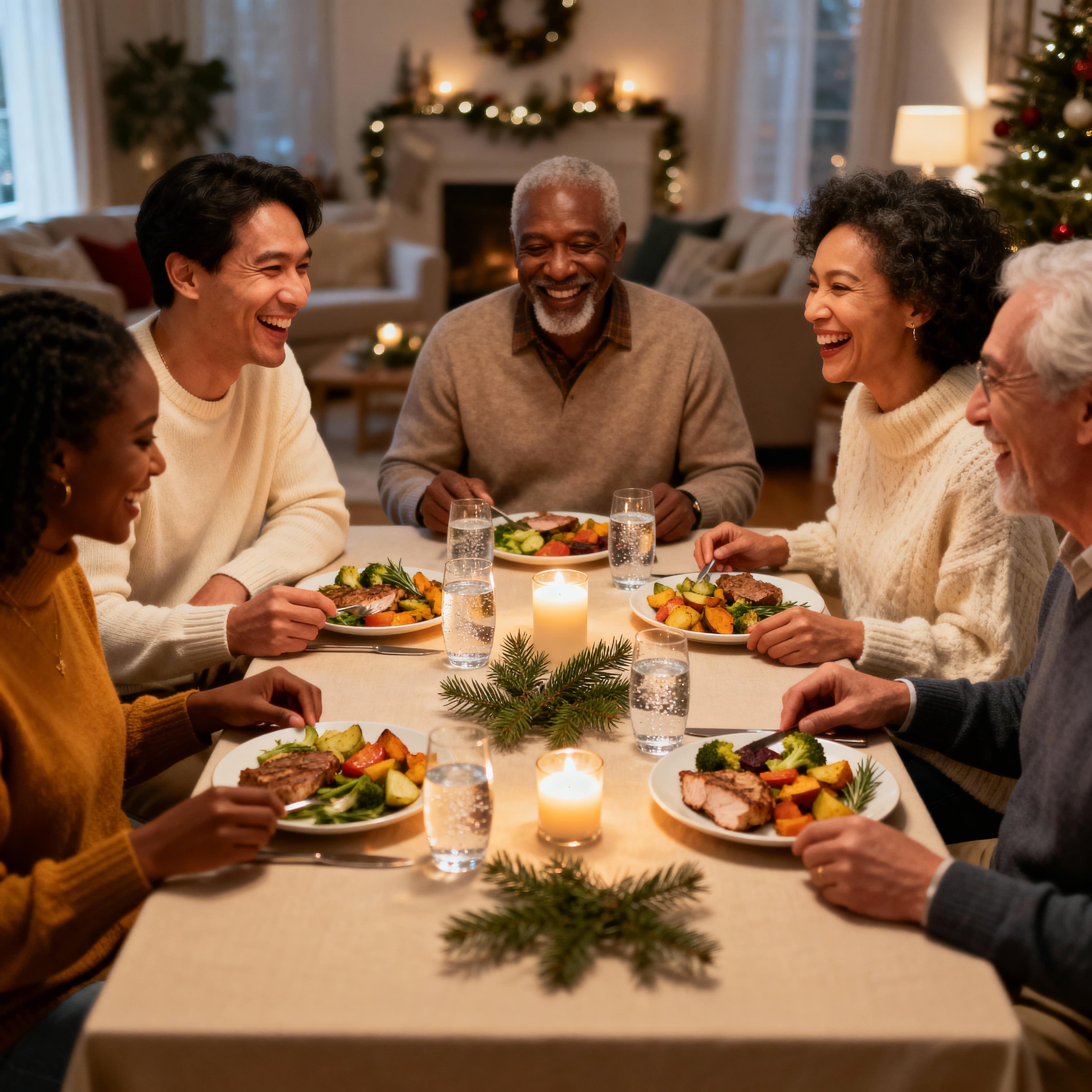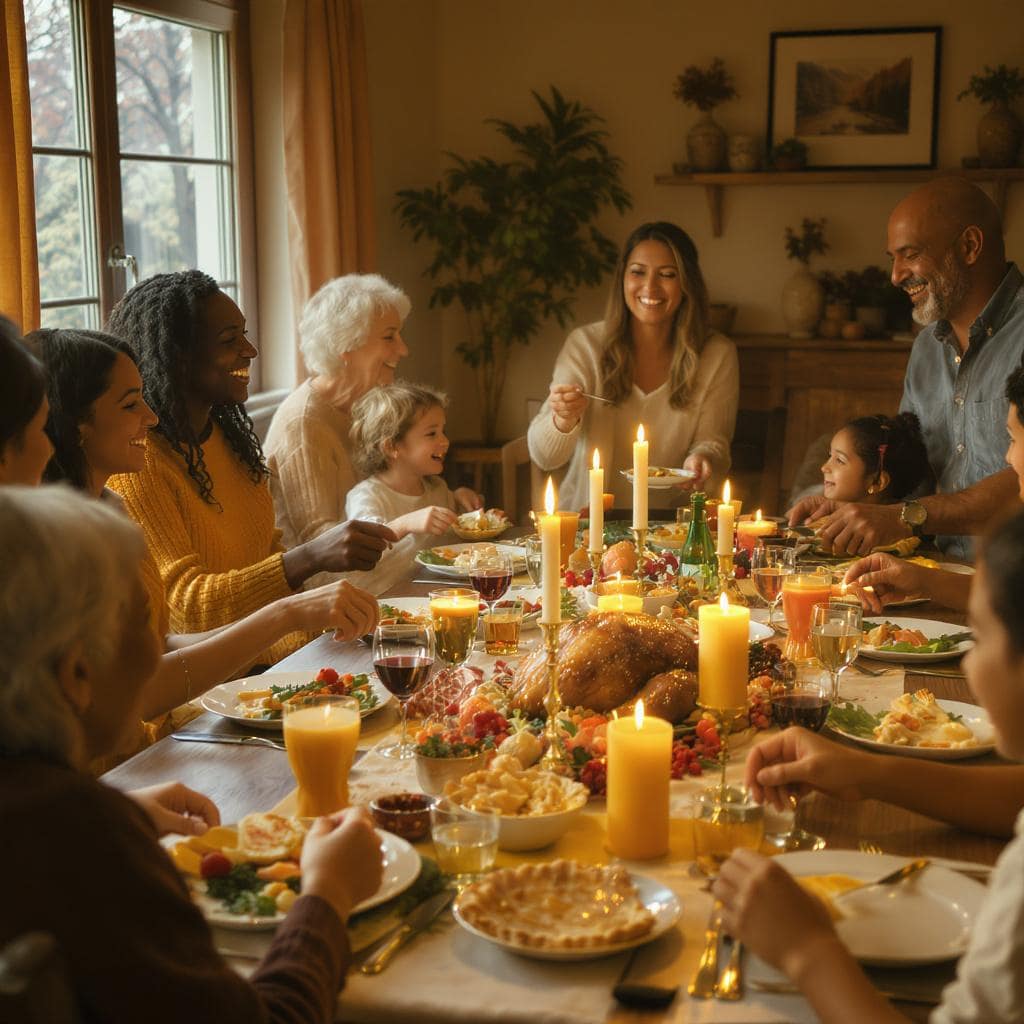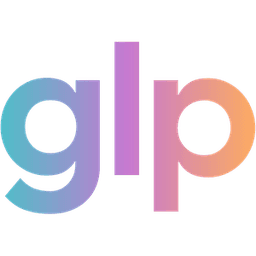What Hydration Actually Means on GLP-1s
Author
glp winnerDate Published
- Twitter
- Facebook
- LinkedIn
- Instagram
- Copy Link

Hydration gets messy fast on the internet. You’ll see people swear you need “a gallon a day,” or claim “coffee doesn’t count,” or say you should never touch sparkling water again. For anyone taking a GLP-1 medication, this noise can make you second-guess your body and feel anxious about basic habits.
Let’s bring this back to science. GLP-1 medications slow digestion and reduce appetite. That means you may not feel thirst the same way you used to. Dehydration can sneak up on you — and sometimes it disguises itself as nausea, constipation, or headaches.
If you’re new to this entire journey, you might also like our guide to finding an online GLP-1 provider.
How much fluid do you actually need?
The “8 cups” rule is simple but outdated. The National Academies of Sciences, Engineering, and Medicine says most adults need total fluid intake of about:
- Women: ~2.7 liters/day - the equivalent to three standard 32-oz water bottles
- Men: ~3.7 liters/day - the equivalent to a little under one full gallon of milk
(National Academies of Sciences)
Total fluids include water, tea, coffee, milk, electrolyte drinks, broth, and water-rich foods. You don’t have to live on plain water only.
What counts — and what doesn’t
Coffee and tea count.
Research from the Mayo Clinic notes that caffeine has only a mild diuretic effect and doesn’t cancel out the fluid you drink. An 8-ounce coffee still hydrates you.
Sparkling water counts.
Just pay attention to how it feels in your stomach. Carbonation can make you feel full fast or worsen bloating, which might limit how much you drink overall.
Sugary sodas don’t help much.
They can worsen nausea or spikes in blood sugar, which is the last thing you want when adjusting to a GLP-1.
High-alcohol drinks work against you.
Alcohol dehydrates you, and dehydration plus a GLP-1 often feels like a headache, fatigue, or stomach upset.
Drink timing matters — especially around meals
GLP-1s slow gastric emptying (how fast food moves from your stomach to your intestines), which is known from FDA prescribing information on semaglutide and tirzepatide (NCBI). When you drink large amounts of fluid right before or during meals, you can create extra pressure in your stomach. That combination can trigger nausea, burping, or that uncomfortable “too full” feeling.
Try these tweaks:
- Take small sips with meals instead of chugging
- Drink most of your fluids between meals
- Slow down your eating pace
- Avoid carbonated drinks during meals if you feel bloated
- If nausea hits, pause eating and give your stomach room
These changes are subtle, but people often see a big difference quickly.
Signs you’re not getting enough fluids
Dehydration can look different when you’re on a GLP-1. The usual signs show up, but they might be quieter:
- Dark yellow urine
- Dry mouth
- Headaches
- Constipation
- Feeling dizzy when standing
- Fatigue
The CDC highlights that even mild dehydration affects focus and energy — both easy to misread as “side effects.”
Are people actually overhydrating?
Sometimes — forcing yourself to meet extreme internet hydration goals can backfire. When you drink too much water too fast, you can dilute your electrolytes. Symptoms look similar to dehydration: headaches, nausea, dizziness.
The fix: steady, not excessive.
- Spread fluids evenly throughout your day
- Don’t chug huge amounts at once
- Add electrolytes only when you need them
When you should use electrolytes
Electrolytes help when you lose fluids from sweating or illness. They’re useful if you:
- Exercise
- Live in very hot, humid, or dry climates
- Experience vomiting or diarrhea
- Spend time outdoors in extreme heat
Just choose low-sugar electrolyte options. Many providers recommend roughly 0.5–1 liter more fluid on heavy activity days, depending on sweat loss and climate.
Environment changes everything
Dry climates pull moisture from your skin and lungs. High humidity makes you sweat more. Cold weather masks thirst. High altitude accelerates water loss through breathing. The CDC notes heat increases dehydration risk even when you don’t feel thirsty.
Adjust your fluid intake based on how you feel, not just the number on a bottle.
A routine that actually works
Forget perfection. Pick simple habits:
- Keep a bottle nearby
- Flavor water naturally
- Alternate between still and sparkling
- Sip slowly and often
- Drink most fluids between meals
Consistency wins over extremes.
When to reach out to your provider
Call or message your provider if you notice:
- Ongoing dizziness
- Confusion
- Inability to keep fluids down
- Vomiting that lasts more than a day
- Signs of severe dehydration
A clinician can help adjust your dose or recommend supportive care. If you haven’t found a provider yet, compare telehealth options on GLP Winner — a transparent way to review pricing and services.
If you enjoy posts like these, you can subscribe to receive newsletter updates.
Sources
Keep Reading

Smart, realistic holiday tips for people on GLP-1s to enjoy meals, manage mindset, and keep balance without guilt.

Feeling nauseous on a GLP-1 medication? Here are 10 practical, science-backed ways to ease nausea and stay on track safely.

Make the holidays easier for GLP-1 users and their families. Learn how to talk, eat, and connect with kindness — no landmines, just gratitude.
